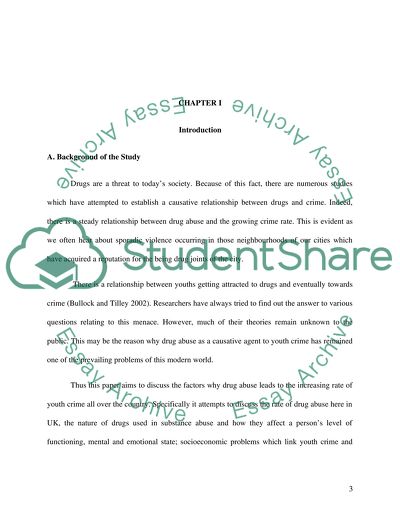Cite this document
(“What is the connection between drugs and crime And how can the Essay”, n.d.)
What is the connection between drugs and crime And how can the Essay. Retrieved from https://studentshare.org/miscellaneous/1561130-what-is-the-connection-between-drugs-and-crime-and-how-can-the-government-stop-the-youth-crime-in-london
What is the connection between drugs and crime And how can the Essay. Retrieved from https://studentshare.org/miscellaneous/1561130-what-is-the-connection-between-drugs-and-crime-and-how-can-the-government-stop-the-youth-crime-in-london
(What Is the Connection Between Drugs and Crime And How Can the Essay)
What Is the Connection Between Drugs and Crime And How Can the Essay. https://studentshare.org/miscellaneous/1561130-what-is-the-connection-between-drugs-and-crime-and-how-can-the-government-stop-the-youth-crime-in-london.
What Is the Connection Between Drugs and Crime And How Can the Essay. https://studentshare.org/miscellaneous/1561130-what-is-the-connection-between-drugs-and-crime-and-how-can-the-government-stop-the-youth-crime-in-london.
“What Is the Connection Between Drugs and Crime And How Can the Essay”, n.d. https://studentshare.org/miscellaneous/1561130-what-is-the-connection-between-drugs-and-crime-and-how-can-the-government-stop-the-youth-crime-in-london.


